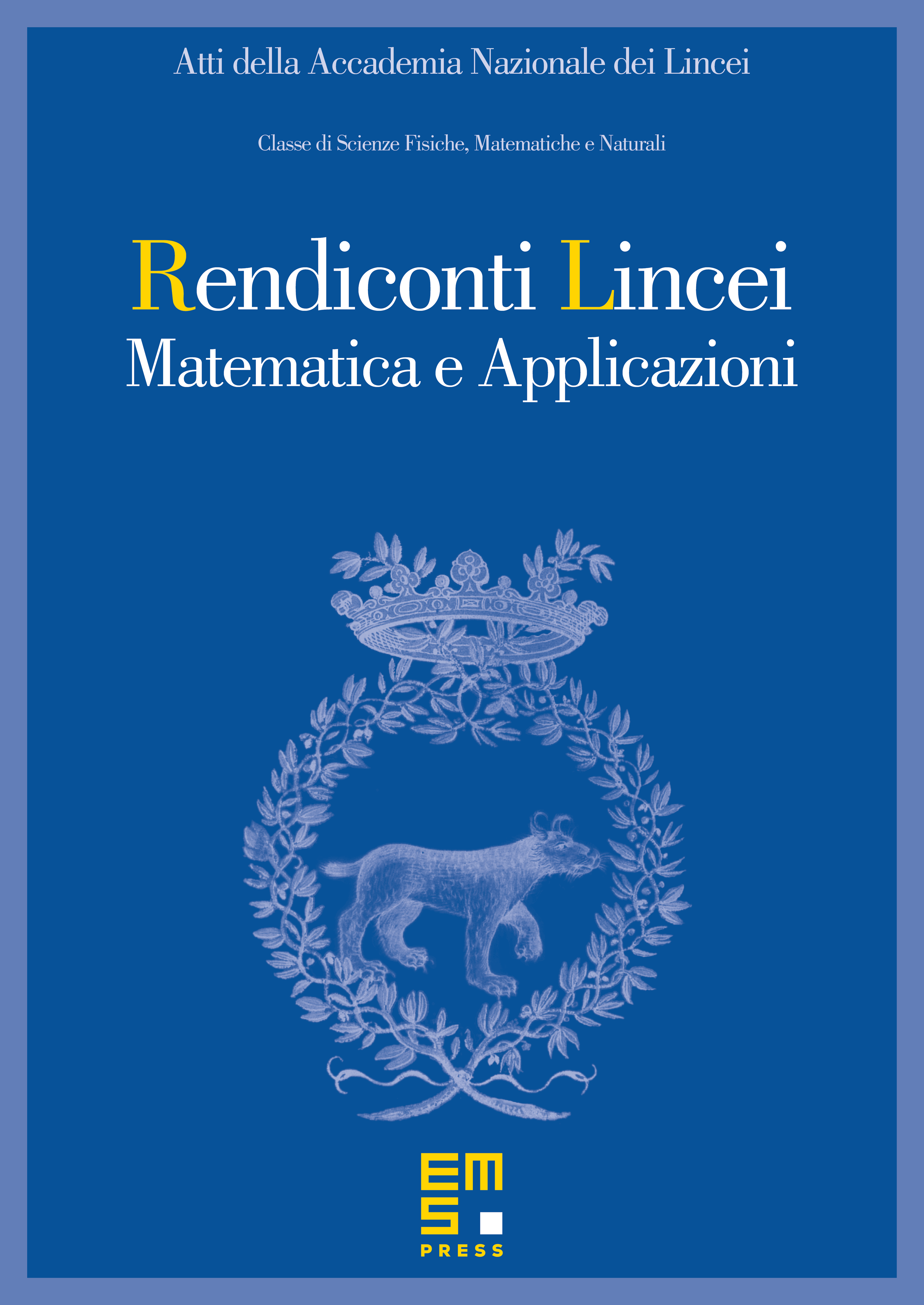Dynamic of thermo-MHD flows via a new approach
Salvatore Rionero
Università di Napoli Federico II, Italy and Accademia Nazionale dei Lincei, Roma, Italy

Abstract
Via a new approach, the dynamic of thermo-MHD flows in horizontal layers heated from below, in the Boussinesq scheme, is investigated. Denoting by , , , and the thermal conduction solution, the -energy of the nonlinear perturbations to , the Prandtl number, the magnetic Prandtl number and the steady convection onset critical value of the Rayleigh number , first of all we obtain, for any initial data, the ultimately boundedness of , via the existence of absorbing sets. Successively we introduce a new approach for the E-longtime behaviour associated to the increasing. This new approach is based on an -energy linearization principle and on a new way of analyzing and using the linear stability. As concerns the linearization principle, denoting by the -energy of the linear perturbations to , it is shown that: " for any initial data, implies “.
In order to obtain for any initial data, denoting by the linear operator governing the nth-Fourier component of perturbations, we introduce the characteristic values of via the entries and obtain the equation , governing the eigenvalues. To this equation we apply the Hurwitz's Criterion guaranteeing that all the eigenvalues have negative real part. As matter of fact, the Hurwitz's Criterion, applied for each , allows to obtain conditions necessary and sufficient for being for any initial data. Following this new approach, we show that the unconditional nonlinear asymptotic stability of , with respect to the energy norm, is guaranteed by the linear stability and obtain – among other things – two conditions, in a very simple closed forms, guaranteeing the onset of oscillatory convection (overstability laws).
All the results, first obtained for the free-free boundary case, are successively generalized to the rigid-rigid, rigid-free and free-rigid boundary cases.
Cite this article
Salvatore Rionero, Dynamic of thermo-MHD flows via a new approach. Atti Accad. Naz. Lincei Cl. Sci. Fis. Mat. Natur. 28 (2017), no. 1, pp. 21–47
DOI 10.4171/RLM/750